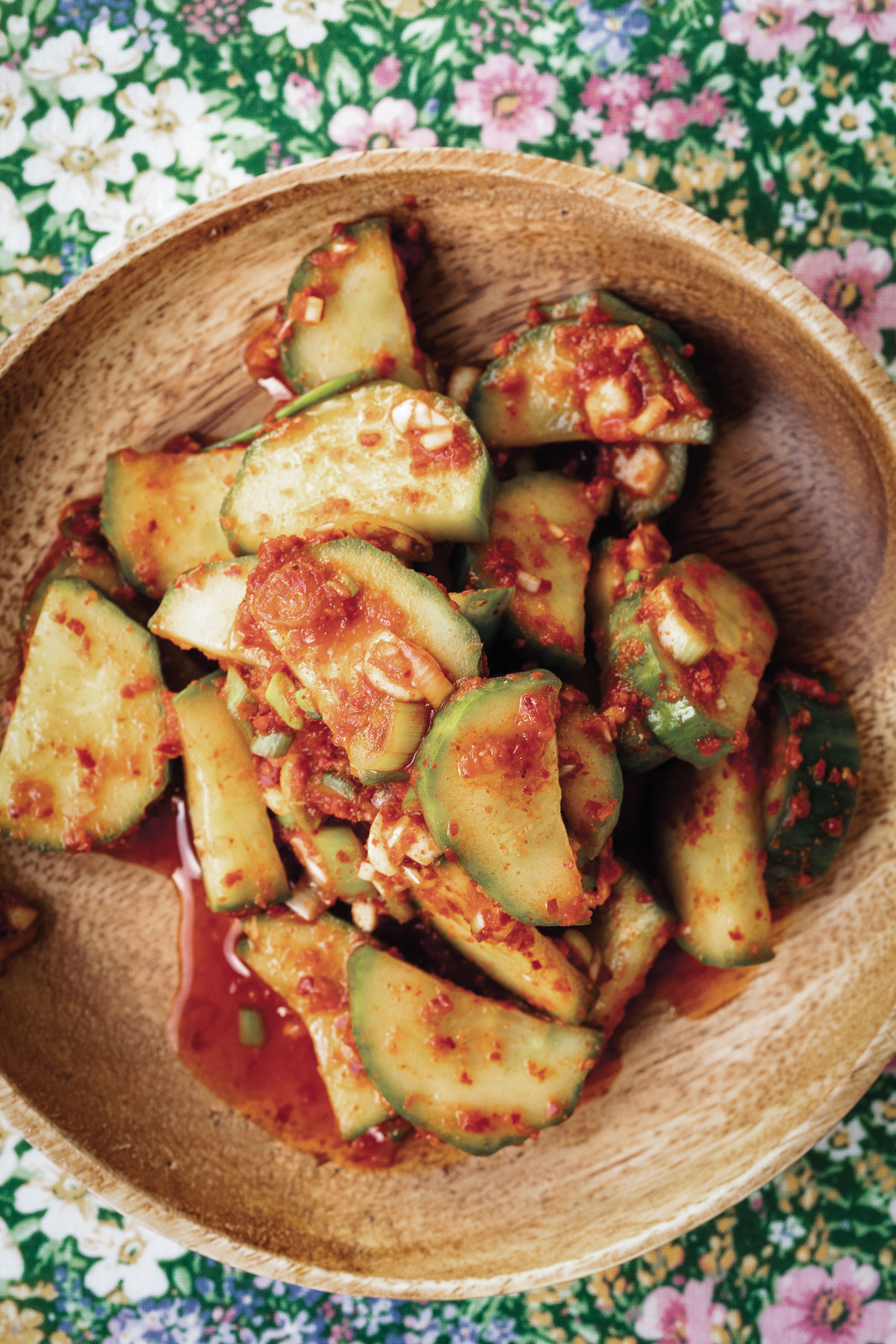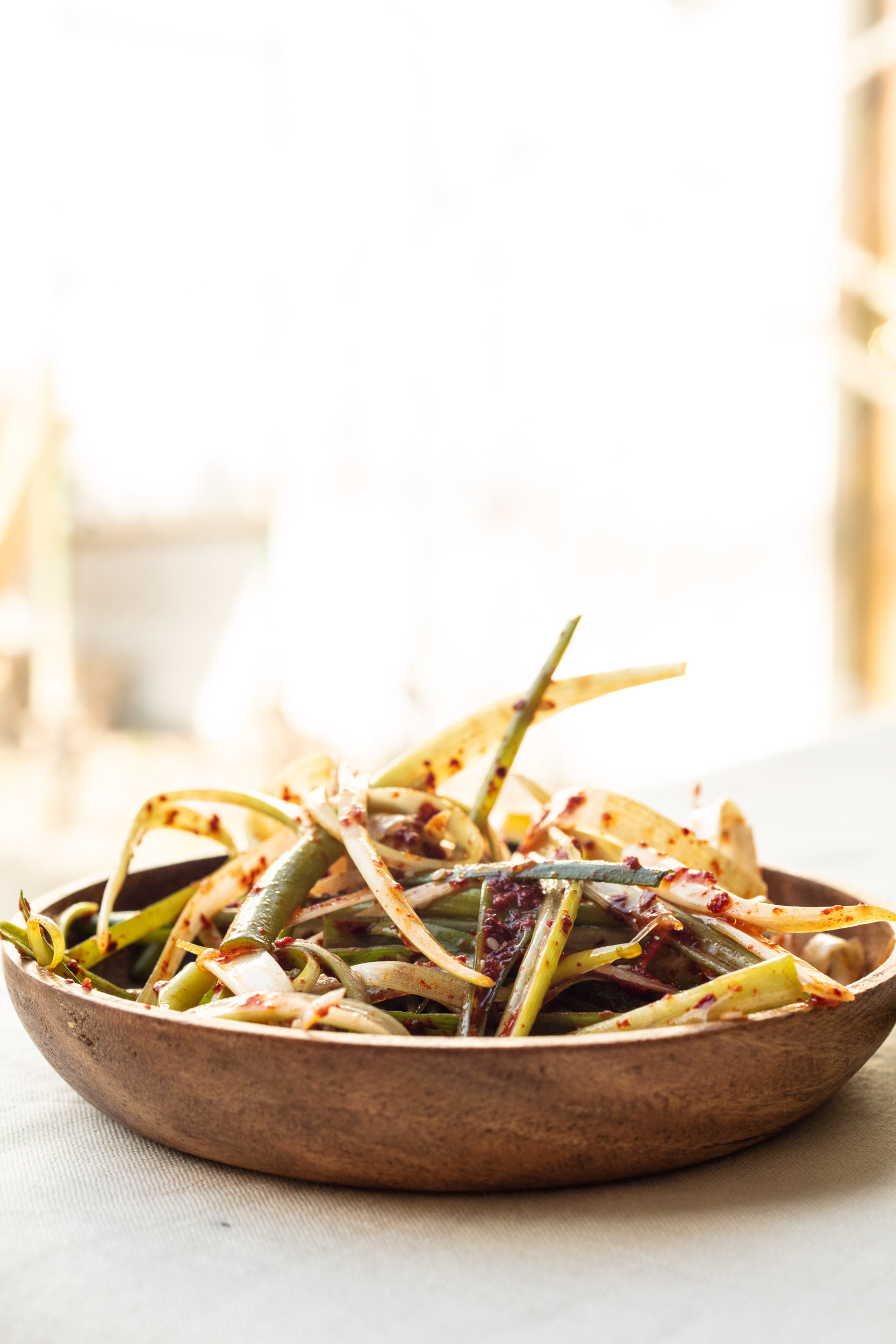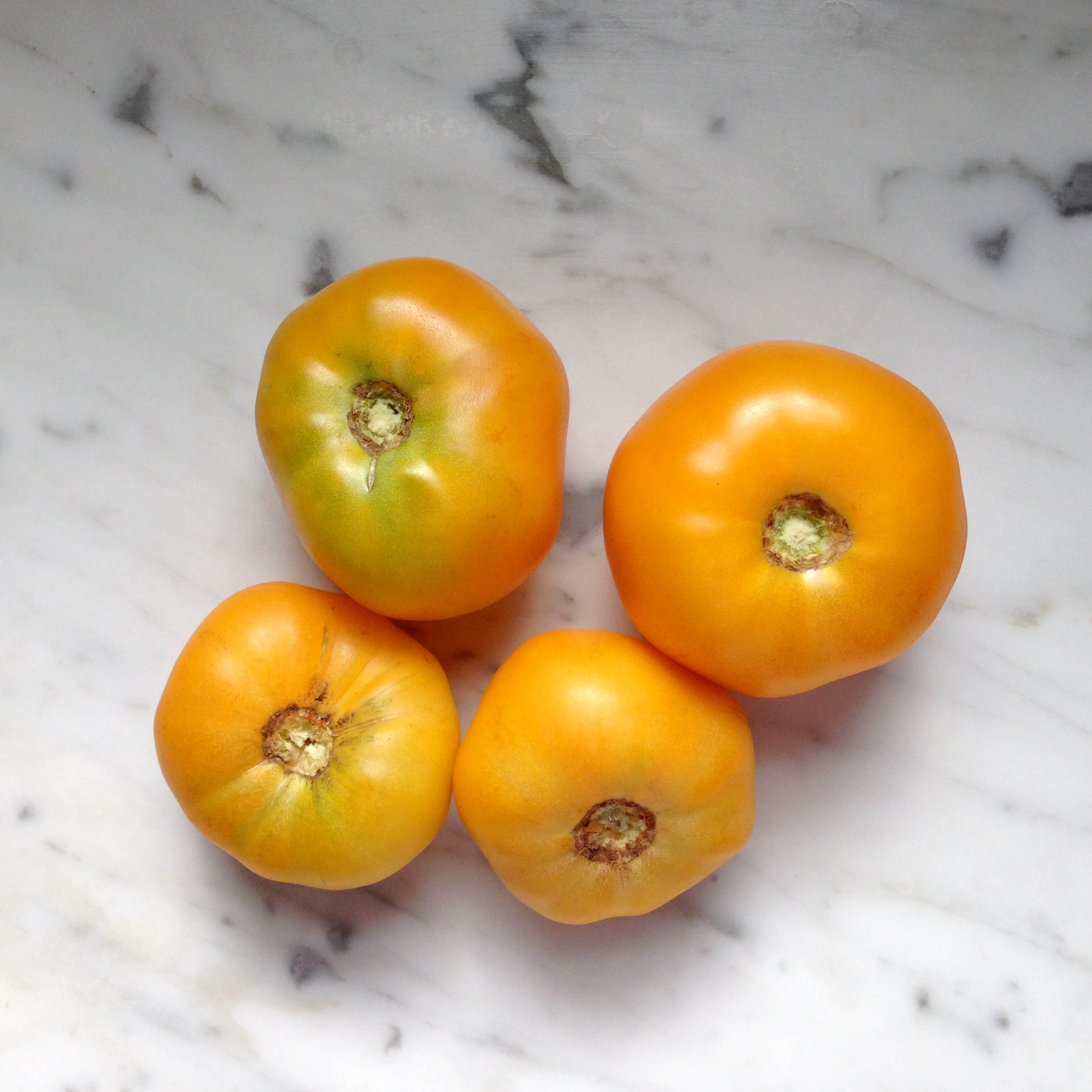Less is More

With an Asian twist, spring meals can be fast and fresh.
Spring is poking up through the ground, so the last thing we want is you toiling away in the kitchen. Save that energy for scooping gutters, thinning closets, and Tetris-izing all that stuff in the garage. It’s time to swap snow shovels for spades, parkas for pick-axes, and road salt for seedlings. But first, we’re swapping forks for chopsticks.
The thing to know about Asian cuisine is that all the hard work goes into crafting core ingredients like miso, soy sauce, benito, seaweed, mirin (cooking wine), and fish sauce, using traditional methods that can take months, and sometimes years, to develop. But leave it to the experts to make all those things. The benefit? You get all the intense, complex flavors of Asian cuisine without much cooking.
Of course you might need to stock your pantry with unusual items like mirin, soy sauce, and Korean chili powder. You don’t have to travel to Tokyo, any-city Chinatown, or even Fort Lee, NJ, to find these ingredients. The fun of these recipes is taking your shopping list, and your taste buds, to places they’ve perhaps never been. This is interesting food that’s fun to make and the right amount of exotic; the Korean and Japanese aisles at Jungle Jim’s will have you shouting woori dah gahchi gunbehheyo (“let’s make a toast”)!
The fine powder of gochugaru can make your forehead sweat and your fingers red. It’s medium-hot and oddly a little sweet; don’t substitute cayenne pepper—we’re after Seoul here, not Santa Fe.
Bottled garlic is machined and bitter—instead, get fresh, juicy garlic bulbs you can peel yourself. Same for the ginger. Often thought of as spicy, just the right amount of freshly grated ginger adds a subtle fruitiness to anything from tea to chicken salad.
For eggs, find a local farmer (or neighbor) that lets their hens eat bugs; they yield heavy-duty shells, deep yellow-orange yolks, and superior flavor. Use honey as a sweetener when called for. Its mellow flavor is less saccharine than processed sugar. Sesame oil offers a distinctly nutty flavor with a high cooking temperature making it ideal for Asian food. The fish sauce is, well, there’s really nothing quite like fish sauce. Don’t be put off by the aroma: Sure, it’s pungent, but you can’t achieve “authentic” without it.
And perhaps most important, invest in a good soy sauce. Avoid labels with English text—that is, unless you locate a bottle of Bluegrass Soy Sauce from Kentucky. Good enough to sip on its own, this soy sauce will have you reading right to left.
Reed is an industrial designer specializing in medical device research and development. He snuck into the Edible Ohio Valley offices and won’t leave. What he contributes to this publication is anyone’s guess, though occasionally he has been caught working on illustration and copyediting. His ID work can be found at hfdw.com.











